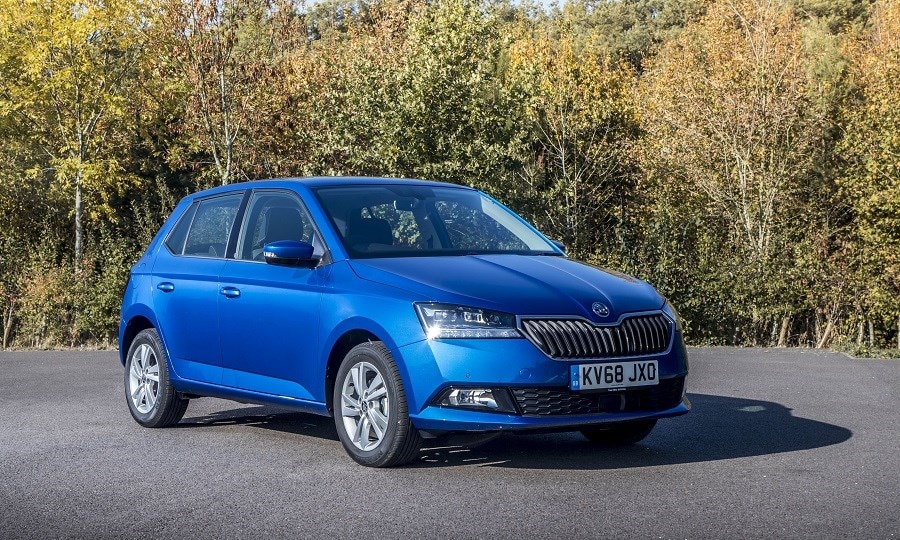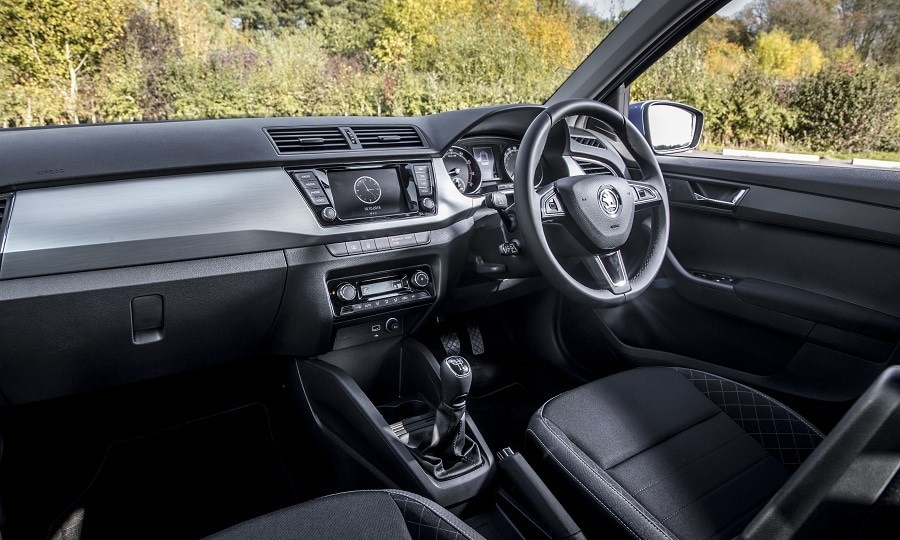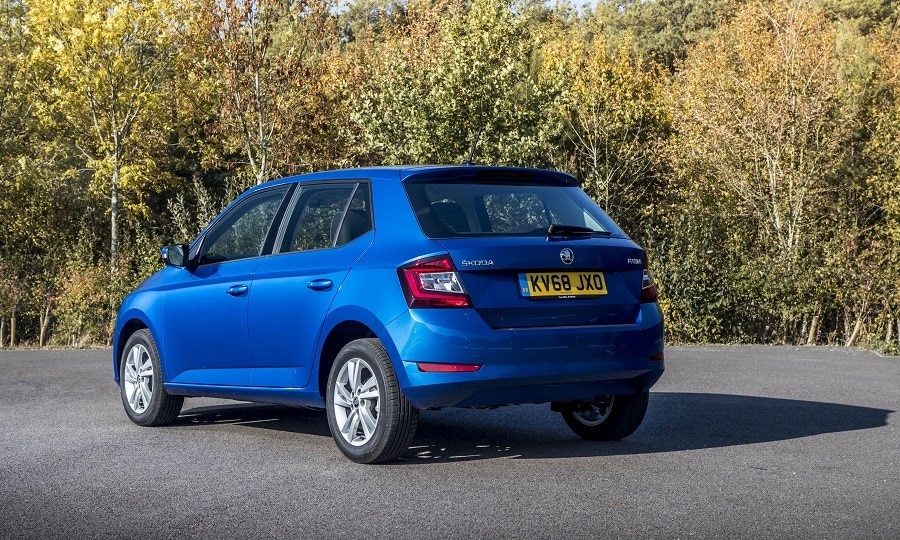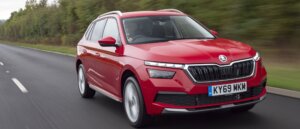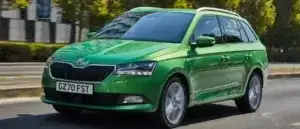Latest model
Skoda unveiled a facelifted Fabia at the 2018 Geneva Motor Show, with the updated model available to order later in the year.
It was only a light redesign, with a key focus on improving safety and boosting standard equipment levels. Skoda revised the grille and bonnet, while LED daytime running lights were fitted as standard. The rear also features a new bumper.
Autonomous emergency braking was fitted to all trim levels, with optional safety features including blind spot monitoring and rear cross traffic alert, which helps when reversing out of parking bays.
Another difference was the absence of the 1.4-litre diesel engine, with the revised model favouring an all petrol line-up.
Value for money
As superminis are heading more and more upmarket, the prices for them have also risen at the same time. The Fabia’s an exception to this rule, as it remains an affordable and well-priced option — providing you stay away from the top-spec trim levels.
Prices start from £12,255, which buys an ‘S’ model. It doesn’t come laden with standard equipment, but electrically adjustable and heated door mirrors, as well as a 6.5-inch touchscreen and a trip computer are included for the price.
SE is the pick of the range, as this adds rear parking sensors, alloy wheels and air-conditioning, which are worth the extra spend.
On the used market, there’s plenty of first-generation Fabias for sale for under £1,000, which make great first cars or cheap runabouts. Prices for the newest third-generation Fabia start from under £5,000, which will buy you an entry-level model S model with either the 1.4-litre diesel engine or the basic 1.0-litre petrol engine. SE models start from around £6,000 and £7,000 for a high-spec SE L.
There’s also decent savings to be had on nearly-new models, with discounts of up to £3,000 available on versions less than six months old.
Looks and image
The Fabia’s newer siblings from Seat and Volkswagen might be classier to look at, but the Fabia still has a lot going for it. With the facelift’s slight redesign, including a larger grille and standard LED daytime running lights, it’s a smart-looking model, but favours a functional design over glamour. Buyers wanting to turn up the style have the option of either the Colour Edition or Monte Carlo, which come with contrasting styling packs, with the Monte Carlo coming with a racier bodykit.
The cabin is much the same as the exterior, as it features a simplistic and ergonomic layout. Yes, the touchscreen might not be as big as rivals and it might not look quite as modern, but ultimately, functionality is just as important. Standard models still come with a 6.5-inch screen and a trip computer, with higher-spec versions getting a larger display and satellite navigation. Everything is well placed and simple to use, and it also feels built to last. The quality might not be up to the same standard as others in the supermini class, but that’s a price worth paying when the Fabia is cheaper than the rest of the pack.
Buyers wishing for the most involving driving experience should probably look at the Ford Fiesta, but those wanting a comfortable, refined and decent-to-drive hatchback are well-paced with the Fabia. The ride is comfortable, and even the smallest engines still feel refined at speed, even if they can feel lethargic getting up to 60mph. It’s just a shame that Skoda hasn’t launched a sporty vRS model, which would provide the extra thrills that the Fabia is yearning for.
